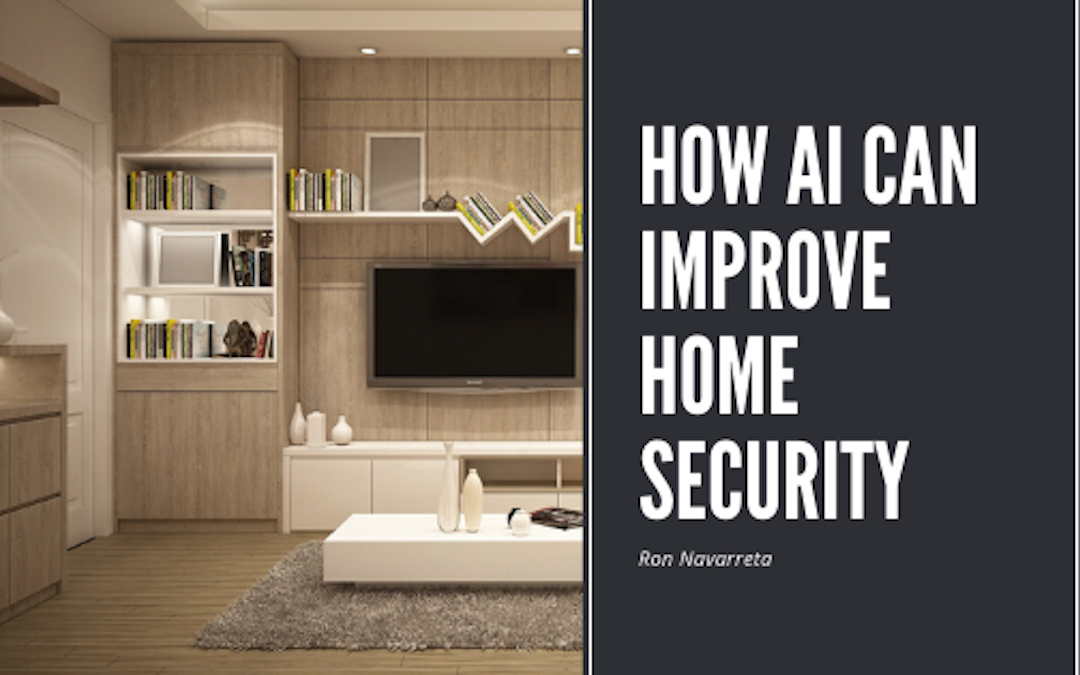The idea of a smart home, or home of tomorrow, has been a popular attraction since the World’s Fairs of the 1930s. The concept of artificial intelligence inside one’s home is second only to flying cars when it comes to imagining the future. Studies show that in addition to efficiency and comfort, people always place safety at the top of their technology wish lists. Over the past ten years, we have come closer than ever to fulfilling all the needs of the modern-day homeowner.
By merging AI such as the internet of things (IoT) with standard home systems and devices, experts in the tech field have set a whole new bar regarding home security. When all devices are interconnected and sharing data on a secure network, you can access the control panel remotely from anywhere on the planet through a mobile user interface. Intruder alerts and theft are a top concern for any homeowner, and smart doorbells have single-handedly reduced the need for manually identifying visitors or person-to-person contact unless desired. In addition, people can use playback to see what occurred while they were not home.
The more advanced the technology, the more adaptable it will be and the less prone to false positives. If a manually-programmed security setup contains a finite, strict amount of parameters, then it will not be able to self-adjust for potential spontaneous scenarios, like a relative visiting with a small child who isn’t aware of opening locked doors. To a smart facial recognition-based system, it can actually learn and improve from past mistakes. The secret of future smart AI home security will be less of a dependency on user input and more on a learning algorithm.
There is a very small segment of the population that can take comfort and security a giant step further. Billionaires such as Bill Gates have smart homes that are decked-out. In addition to having music beyond the wallpaper that can follow guests from room to room, there is also an underwater speaker system in the swimming pool. Guests can also alter the lighting and temperature as they move around inside the house. The personal settings are communicated via a wearable device that the visitors are given upon first entering the home.

